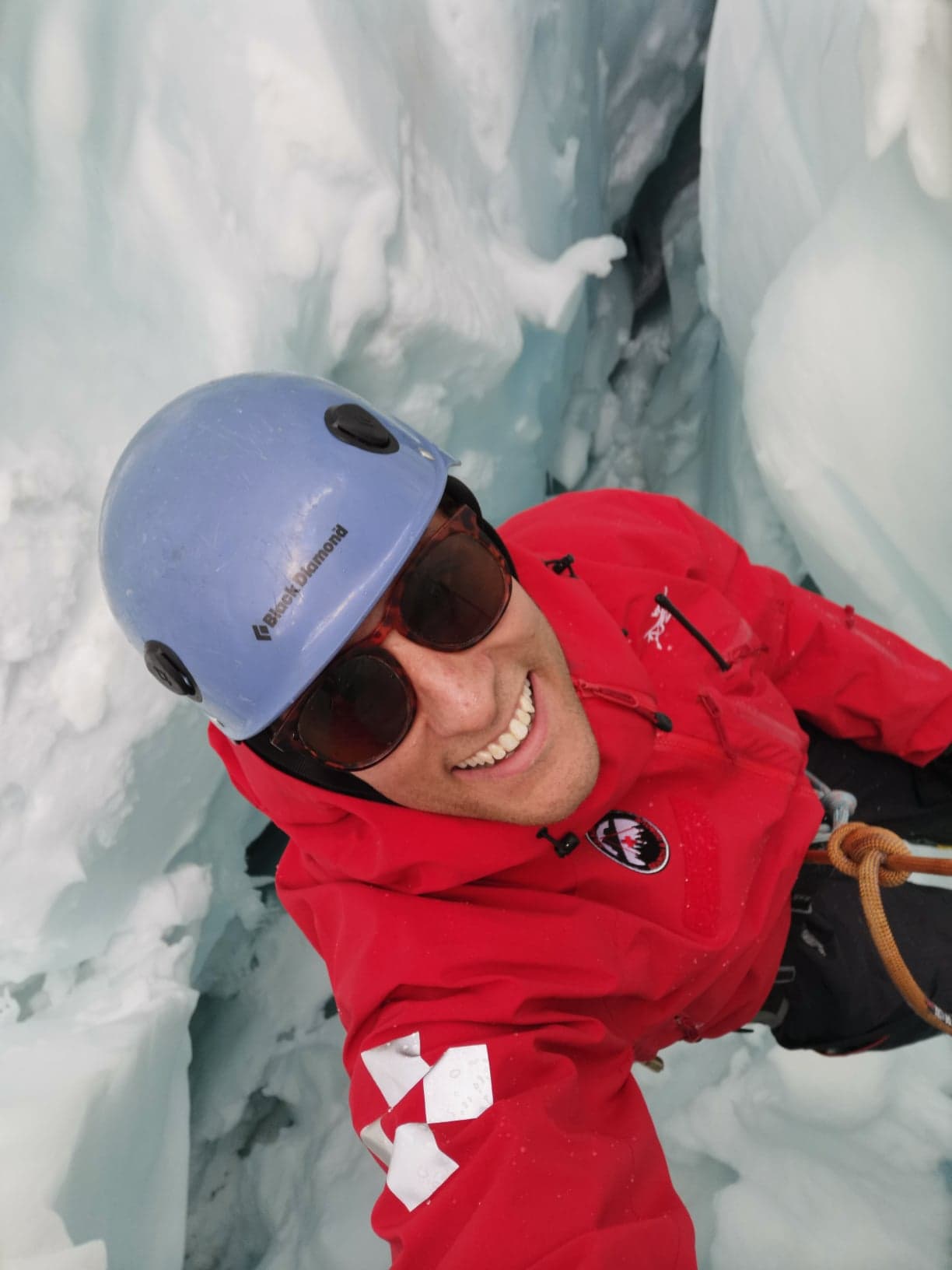Older and wiser... and more prone to avalanches.
When I took my first AST course, I was 19 and was doing my first season as a ski bum in Whistler. It was great timing as I had begun to poke my head out into the backcountry. Below is a picture of me pre-AST 1.
My friends and I had post-holed our way to Decker Mountain without any avalanche gear, or knowledge, what so ever. You may notice I'm wearing a cotton hoody, which was obviously my favourite at the time... at least I was wearing a helmet. Needless to say we were lucky to make so many poor decisions and still be around to share them with you today.
When I took the AST 1, I learned a few big lessons that applied directly to me: everything that I liked to ride my snowboard on was avalanche terrain, "fun features" were likely trigger points, and that my age demographic was the most likely to die in an avalanche.
Fast forward 11 years and it seems I've managed to make it through my 20's without dying in an avalanche. I now teach the AST 1 course and no longer wear cotton hoodies as a substitute for a jacket. One thing that seems to have followed me, somewhat unexpectedly, is that I'm still in the age bracket that is most prone to falling victim to avalanches.
That's right; new studies are showing that backcountry travelers in their 30's and 40's are now statistically more likely to die in avalanches. The mean age of avalanche victims since 1990 is 33. Just when I thought I'd become wiser...
I discovered this fun fact when reading an article by Frederick Reimers. As is always the case with statistics, there are holes in the data and different ways to interpret outcomes. I think Frederick did a great job of breaking it down, so please do read that article.
This winter my friends and I were caught off-guard by an avalanche (as is so often the case when caught by avalanches). We were all above the age of 30 and all experienced backcountry skiers and snowboarders. Two of us work in avalanche and snow safety while the third does not anymore, but did for a number of years. Earlier in the day, we had skied a large avalanche path. We had used careful route planning, terrain and snowpack evaluation, and even abandoned our original objective due to concerns about stability. Our secondary objective (the large avalanche path we skied without incident) skied really well and we all felt good about the day. On our way home, we climbed up to a smaller slope in simple terrain on a different aspect. It was on that slope that we failed to continue our careful evaluation and safe travel practices.
In our minds it was a step-back. The first skier dropped in and the usual celebratory "woohoos" were heard, but we didn't notice when the "woohoos" turned to "avalanche!". I dropped in next and jumped off a pillow. As I left the snow I saw the cracks shoot out to both sides. I tried to ride out to the side and tumbled as I skipped onto the bed surface of the previous skiers slide. I managed to get my feet down hill and come to a stop, this is when I saw my friend pinned to a tree by the previous slide debris. At that same moment, I was hit by a wall of snow from behind; the last skier had kicked off more hangfire and I was now going for another ride.
In the end, I was able to slide down to my friend and assist him. He was only buried just above the knee and his skis were stuck in an awkward position against the tree. No one was fully buried, no one was hurt, and no gear was lost. I like to call it a cheap lesson.
I tell this story just to highlight that experience and knowledge do not protect us, and can give us a false sense of security especially when negative feedback is so rare. Diligence and best practices are the best defenses, and complacency has no place in the backcountry.

Turning away from objectives can be a great call and I do it more often now than I ever have. The above photo is from early in the season when we chose to step back from a larger objective in favour of a less consequential line, and turns out it was still great skiing. The photo was taken by Olivier Denis-Larocque, and you can read about that day on his website.
Moral of the story is, stay vigilant. Age and experience are not a suit of armor, but merely numbers and tools. Be safe, and try not to join the statistics.








